Taming the Wild BOM: Why You Need a PLM System to Corral Your Data
Learn why you need a PLM system to help corral your data in our latest blog.

A few examples of some of the issues our customers have been experiencing whilst working from home and how to overcome them

Every design professional within the architecture, engineering and construction industry will have to deal with project related documents, drawings and emails at some point in their working day; whether that's creating the document, editing it, marking it up, or sending it out internally or externally.
Whilst you might have had sufficient systems/workflows for managing this back in the office, the situation presented to us due to COVID-19 has caused many design professionals to change the way they access or work with their project documents.
We thought we’d share a few examples of what our customers have been experiencing whilst working from home, but also to remind you that it can be even better than what it was before once we come out of this, if you take the right actions and plan for these better outcomes now...
Before COVID-19
Users accessed files on the central server and let each other know who was working on what.

During COVID-19
Staff have moved files to Dropbox and are renaming them with the additional text ‘checked out to John’ to avoid clashes. The office network connection is too slow, so one of the IT staff who has a decent connection now has the server at home. At set intervals, he copies completed documents from Dropbox back to the server.
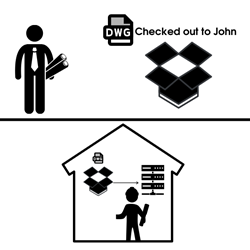
After COVID-19
Users can access documents both when online or offline. The documents show whether they are checked out to another user and who has them. The document may be: on the cloud, on the company servers, or both. The user does not need to know where to look as it’s presented in one place. Due to automatic caching, large files also open quickly, even when the connection is poor.
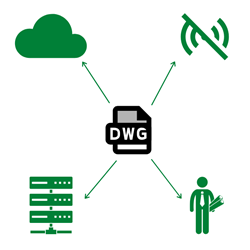
Before COVID-19
Refer to paper naming guides displayed around office.

During COVID-19
Copy of the naming guides have been converted into an Excel spreadsheet that each user has on their desktop. However users are still making mistakes especially as different projects have a range of different naming conventions.
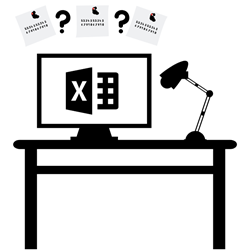
After COVID-19
The naming system is completely automatic and defined for the project.
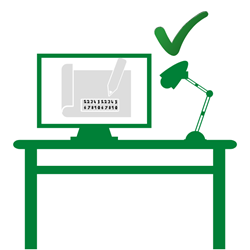
Before COVID-19
Prints are produced to A3 and marked up by hand. The marked-up copy is handed to the technician to address or drawings are printed to either A1 or A0, marked-up by hand, and circulated by paper through departments.

During COVID-19
Drawings are printed to PDF. The PDF is then opened in a PDF editor and marked-up, then the PDF is emailed to the technician. Alternatively, sections of the drawings are printed via A4 inkjet printers at home, marked up by hand, photographed with a mobile phone and emailed. (NOTE: the only record of this workflow is in the email thread and only visible to the two people involved).


After COVID-19
PDFs of any size are marked-up directly from any device and a full history of all changes is visible to all.

Before COVID-19
Users either renamed files to version them eg v1, v2, etc, or put them into named folders so people would search the server and try to work out which was the latest by a combination of place, filename and modified date.

During COVID-19
With staff now copying the documents locally to work on them, the situation has worsened, and people now have to phone around to work out what is the latest document.

After COVID-19
The versioning is automatic. Staff are always offered the latest version and shown who has it checked out if a colleague is working on it. Earlier versions are also available.

Before COVID-19
Staff used to file project related emails into ‘Public Folders’ in Outlook but in recent years have taken to dragging and dropping them into the project’s folder in Windows.
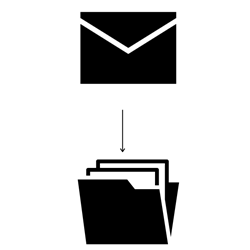
During COVID-19
Due to connectivity issues that some staff are having, they are considering going back to filing into Public Folders.

After COVID-19
Users are prompted to file messages and offered the most sensible places based on their previous behaviors. Messages are filed to the project and visible to the whole team. Both filing and search work even when offline.

Before COVID-19
Staff are encouraged to find the company templates on the intranet site, download them and create their new documents from these.
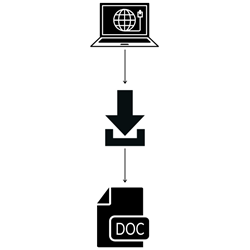
During COVID-19
Access to the intranet requires Virtual Private Network (VPN) access to the office network which is not always accessible or practical. Staff are reverting to old habits of copying an existing file and editing it. Mistakes are creeping in where content has not been fully updated which has has led to embarrassing situations.
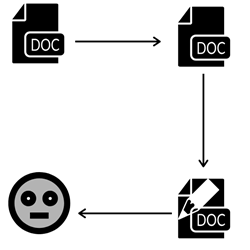
After COVID-19
The system offers the approved templates which are as easy to find as other documents and can be accessed offline.The templates also auto-complete key data in the documents such as project and contact details, which removes the risk of embarrassing mistakes.
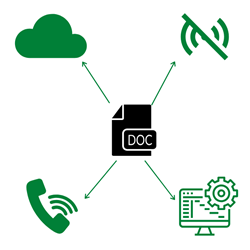
Before COVID-19
Invoices were printed and then went on a journey between departments and approvers before returning to Finance for payment.
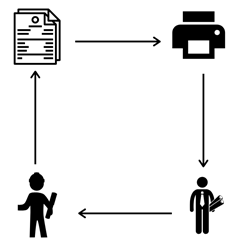
During COVID-19
A series shared Windows Folders has been created to mimic each of the manual stages. A PDF of the invoice is moved between the folders to indicate approval etc. Emails are also exchanged regarding queries.
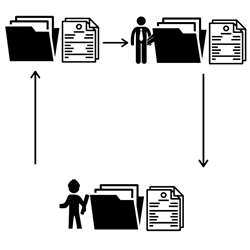
After COVID-19
Depending on the type and value of the invoice, it is automatically routed to the appropriate person. Tasks are assigned within the system which also alerts management if there is any hold-up. Comments and mark-ups are added as needed. Everyone has complete visibility all the time.
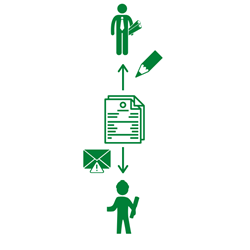
Learn why you need a PLM system to help corral your data in our latest blog.
Learn about BIM to GIS Collaboration Patterns Between Owners, AEC Firms, and Municipalities in our most recent blog post.
Learn about the Dynamic Duo of Water Infrastructure Management through Autodesk’s InfoWater Pro and Esri ArcGIS in our most recent blog post.
